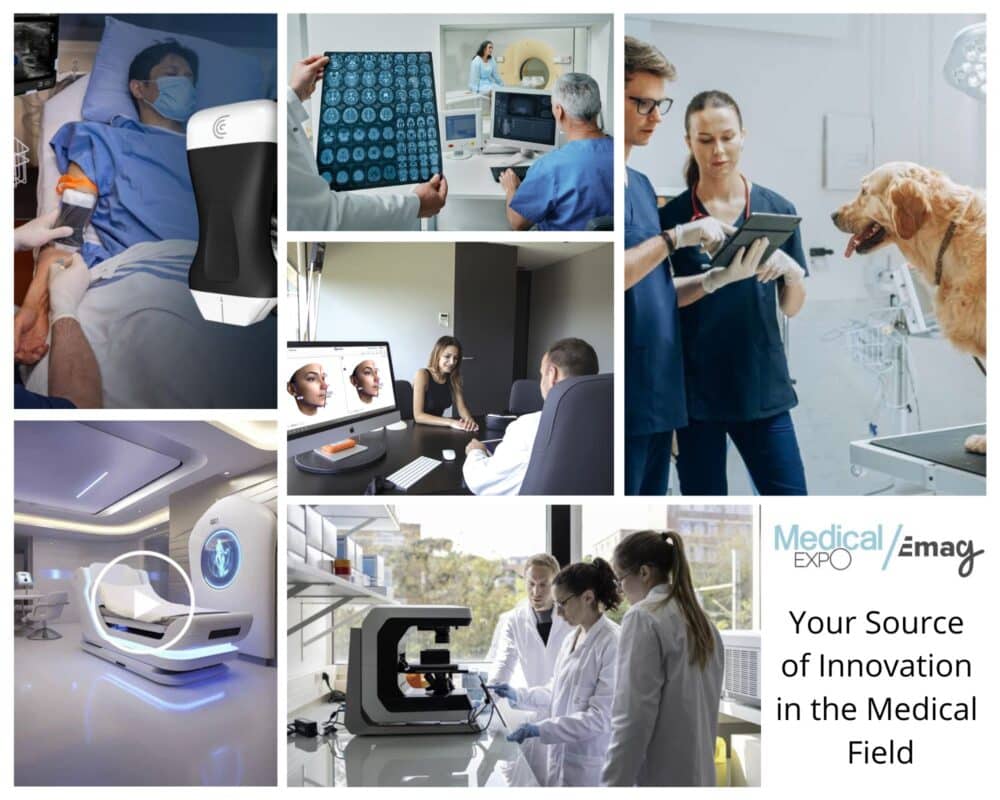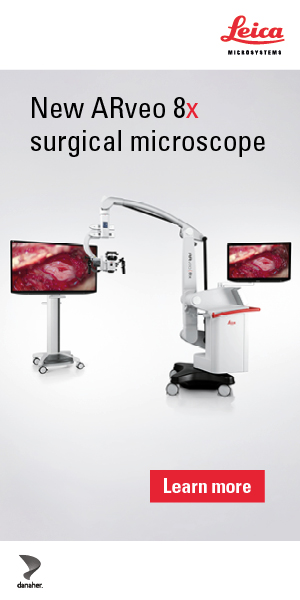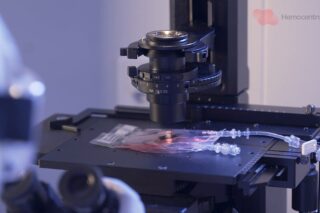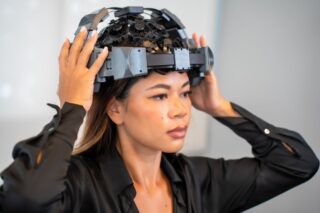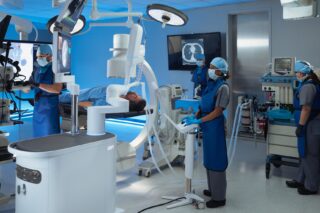We compiled six of the top-read articles from 2024 to give you an overview of what topics caught your attention the most. Enjoy!
As we reflect on 2024, it’s clear that the medical industry remains a dynamic and rapidly evolving field. With topics ranging from cutting-edge imaging technologies to personalized medicine and holistic healthcare, our readers have shown a keen interest in staying informed about the latest advancements. We’ve compiled six of the top-read articles from 2024 to provide you with an overview of the stories that captured your attention the most.
Q&A: Clarius on Its PAL HD3 Wireless Dual-Array AI-assisted Ultrasound
Clarius Mobile Health’s PAL HD3, a compact, wireless dual-array handheld ultrasound scanner, has revolutionized diagnostic capabilities with its exceptional image resolution and portability. Unveiled at ACEP23 in October 2023, the device combines phased and linear arrays for superior imaging, reaching depths of up to 40 cm. Compatible with both iOS and Android, it enhances diagnostic accuracy and accessibility.
Healthcare professionals have praised the PAL HD3 for its ease of use and versatility, making it suitable for point-of-care diagnostics in emergency rooms, clinics, and remote locations. The device’s AI-assisted imaging and advanced 8-beamformer processing allow for rapid, high-quality image acquisition, which is crucial for making timely and accurate medical decisions.
With over 5 million scans in more than 90 countries, Clarius has been at the forefront of democratizing ultrasound technology since 2014. CEO Ohad Arazi discussed the scanner’s impact and how it is transforming patient care worldwide, particularly in underserved regions where access to traditional ultrasound equipment is limited.
Jump to the interview with Clarius here.
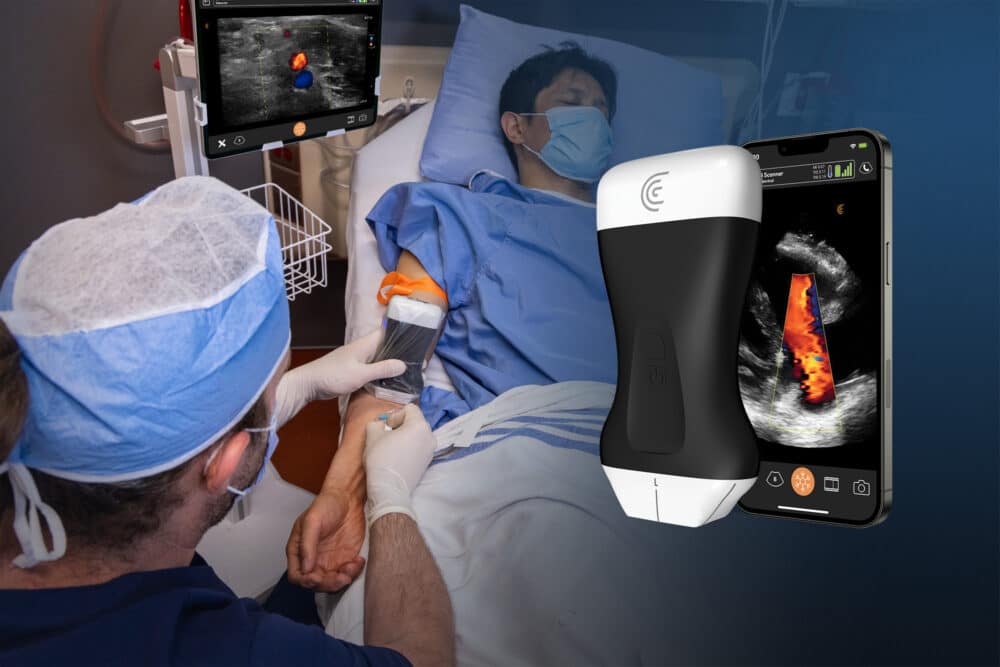
How AI Is Revolutionizing Aesthetics
Artificial Intelligence (AI) is making significant strides in aesthetic medicine, offering unprecedented levels of precision and personalization. AI-powered tools enable advanced skin analysis, predictive analytics, and realistic simulations, greatly improving diagnostic accuracy and treatment planning.
Clinics are increasingly using AI to create personalized treatment plans tailored to individual skin types and conditions. By leveraging vast amounts of data, AI algorithms can predict how patients will respond to various treatments, thereby reducing the trial-and-error approach traditionally used in aesthetic medicine. This not only enhances patient satisfaction but also improves efficiency and cost-effectiveness for clinics.
Dr. Raja, a consultant dermatologist at Derma Aesthetics London, emphasized the game-changing potential of AI in detecting skin issues that may be missed during manual examinations. Advanced imaging tools powered by AI provide dermatologists with detailed insights into skin texture, pigmentation, and underlying conditions, ensuring more accurate diagnoses and better treatment outcomes.
Jump to the article here.
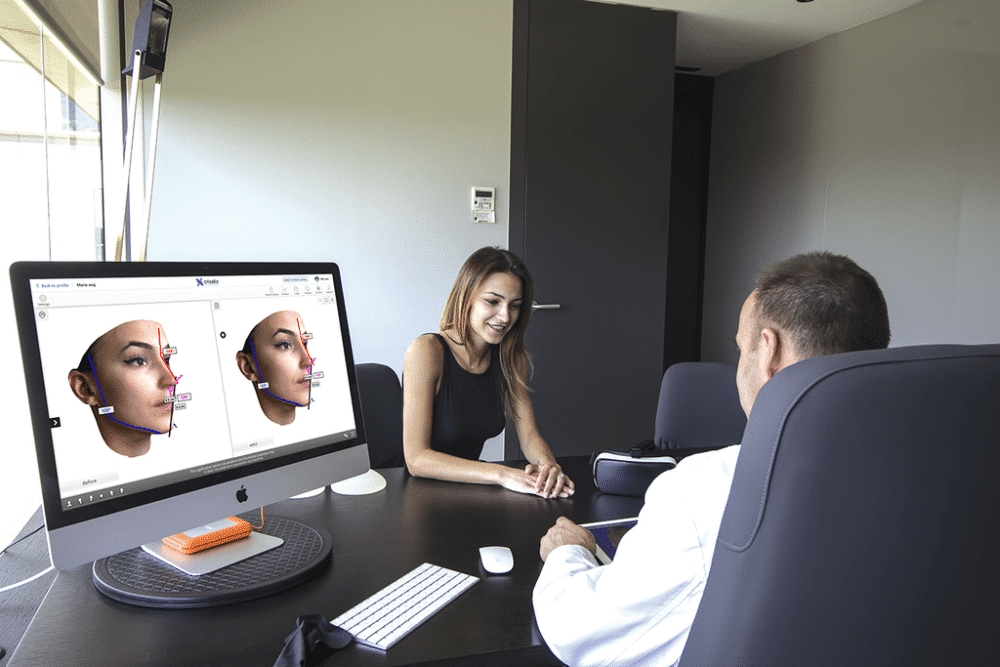
From 3D Printing to Extended Reality: The Vet Tech Revolution
Veterinary medicine is undergoing a technological transformation, incorporating innovations such as sophisticated wearables, 3D printing, robotic surgery, and extended reality. With rising global pet ownership, the demand for high-quality veterinary services has increased, driving the adoption of advanced medical technologies traditionally used in human healthcare.
The integration of AI in veterinary diagnostics allows veterinarians to identify health issues in pets earlier and with greater accuracy. 3D printing technology is also revolutionizing veterinary surgeries by enabling the creation of custom prosthetics and implants, improving the quality of life for injured animals.
Jack Peploe, CEO of Veterinary IT Services, highlighted the opportunities and challenges faced by veterinarians in adapting to these changes while providing superior care to animals. He noted that staying abreast of emerging technologies is critical for ensuring the best possible outcomes for both pets and their owners.
Jump to the article here.
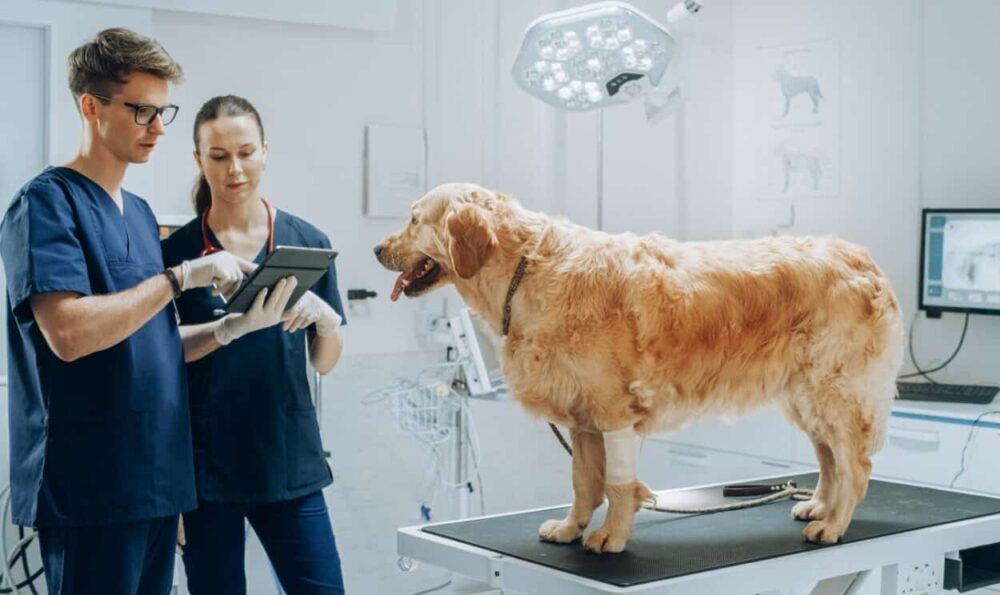
[Q&A] CellAction: A New Era in Cell and Gene Therapies at Institut Curie
The Institut Curie has introduced CellAction, an innovative platform aimed at accelerating cell and gene therapy development in France. Part of the Paris-Saclay Cancer Cluster, CellAction focuses on pioneering treatments such as CAR-T therapy for primary cerebral lymphoma and solid tumors.
CAR-T cell therapy has shown remarkable promise in treating certain types of cancer by reprogramming the patient’s immune cells to attack cancer cells more effectively. CellAction seeks to expand the reach of these therapies to more patients by streamlining the development process and facilitating clinical trials.
Scheduled to relocate to the Saint Cloud site in 2025, the platform has received substantial funding and will house state-of-the-art equipment to expedite research and clinical applications. Marion Alcantara, Medical Director of CellAction, shared insights into the platform’s goals and upcoming clinical trials, highlighting its potential to revolutionize cancer treatment.
Jump to the interview with CellAction here.

ECR 2024: Five Trends in the Next-Generation of Radiology
The European Congress of Radiology (ECR), one of the largest medical conferences in Europe, provided a platform for discussing the future of radiology. The top five emerging trends include personalized approaches, sustainable radiology, artificial intelligence, interventional neuroradiology, and predictive models.
These trends reflect the growing emphasis on individualized patient care, with AI-powered tools aiding in early diagnosis and tailored treatment plans. Sustainable radiology initiatives are also gaining traction, with a focus on reducing the environmental impact of medical imaging procedures.
Jump to the article here.
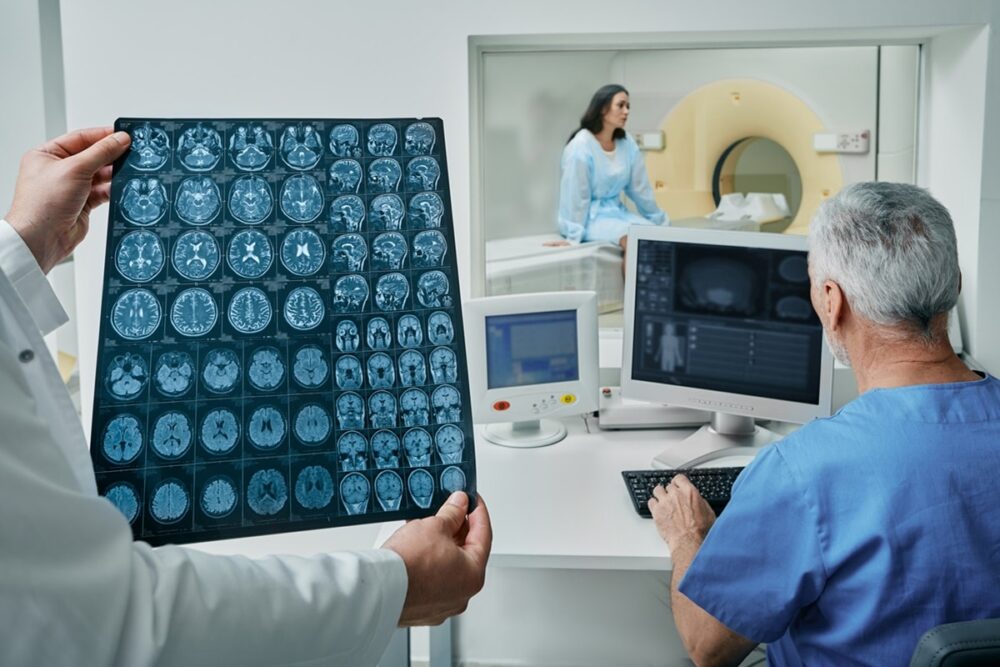
Digital Technology Drives a Transition Towards More Holistic and Integrative Healthcare
The rise of integrative medicine, supported by digital technologies, is changing the healthcare landscape by focusing on holistic, patient-centric solutions. Combining traditional, complementary, and alternative medicine (TCAM) with conventional treatments, this approach addresses physical, mental, and spiritual health.
Patients are increasingly seeking out holistic healthcare options that align with their personal beliefs and lifestyles. Digital platforms and wearable devices are helping patients monitor their health more effectively, offering real-time insights and enabling a more proactive approach to wellness.
According to Grand View Research, the global complementary and alternative medicine market is projected to reach nearly $700 billion by 2030. The growing prevalence of neurological illnesses and cancer is driving this shift towards a more holistic healthcare model.
Jump to the article here.
